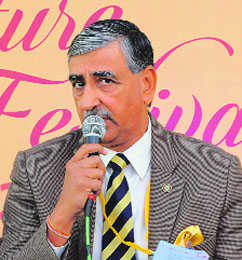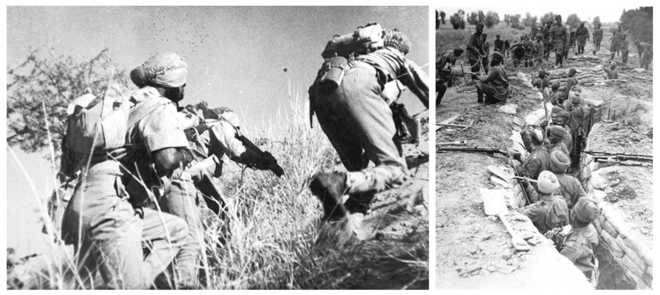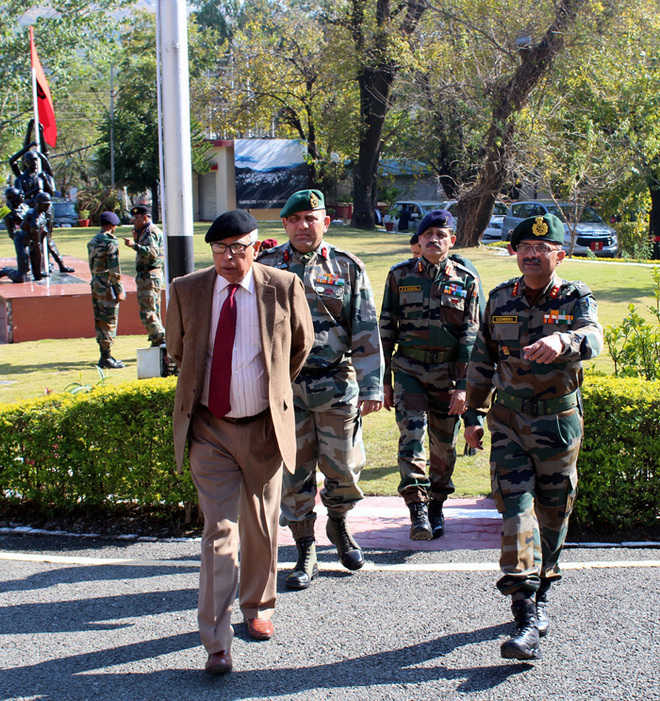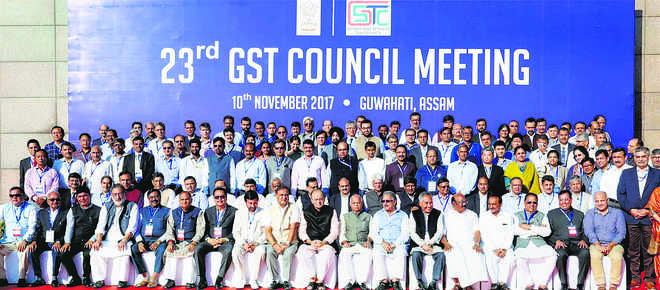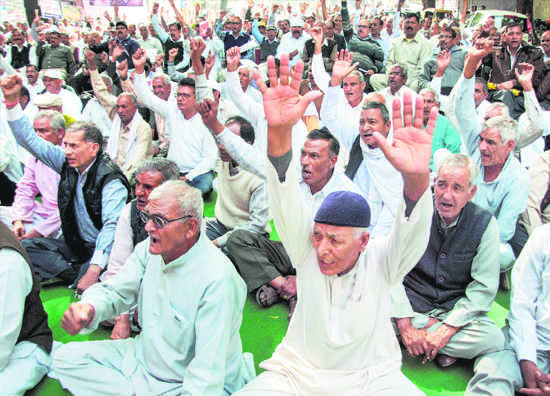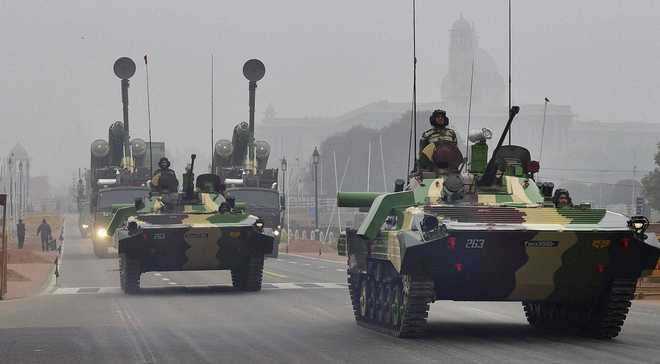28YEAROLD OFFICER WAS ONE OF THE 70 COMMANDOS WHO WENT ACROSS THE BORDER IN A 72HOURLONG RETALIATORY OPERATION AFTER THE URI ATTACK
CHANDIGARH: If there is one person who may have inspired some youngsters to join the army, it would undoubtedly be this para commando who was part of the team that conducted the surgical strikes last year.
The 28-year-old captain who stood out in his maroon beret — the pride of the special forces — was mobbed by hordes of schoolboys for selfies while being bombarded by the media.
“We were just doing our task. We were really surprised by the media blitz that followed as our operations are always covert. We didn’t expect the post-op glory,” says the Sena medal awardee officer, who does not want to be identified.
THE STRIKE
He was one of the 70 commandos who went across the border in a 72-hour-long retaliatory operation after the Uri attack, for which they took 10 days to prepare. It’s arguably one of the most successful cross-border operations in which they returned after destroying their targets without suffering a single casualty. The commandos ventured almost four km into the enemy territory and stayed there for 48 hours, which included daylight as well.
Using a mix of stealth and strategy, they took the enemy by surprise and inflicted heavy losses. Their return, which took almost five hours, was perilous as they were under constant fire but they managed to sneak back successfully. The message to the enemy was clear: We can hit you where it hurts the most.
A SPECIAL SOLDIER
A technical graduate from the Indian army, the young officer, who hails from Dehradun, was commissioned into the EME regiment six years ago. But the youngster wanted some action. He volunteered for the special forces and was selected after an arduous 90-day-long training.
“We are tested for our attitude and character. A commando must have a never-say-die attitude besides integrity, honesty and commitment.”
Son of an army veteran, the officer has all of this. That’s why he couldn’t think of any other vocation. Ask him if he ever gets the jitters and he looks surprised. “Our work is risky, but it feels great,” he smiles, admitting he is an adrenaline junkie. “During any operation, it’s me, my men and nothing else. We try to do our task to the best of our ability without any casualty.”
It’s all about motivation and mental toughness, he muses with a ready smile. “You can’t quantify toughness. You have to believe that you are better than your enemy.”
NUTS AND BOLTS
The army, he tells the curious media, believes that training during peace leads to victory during war. “We are always under training,” he explains to wide-eyed boys who want to know whether he is a good shot and whether he is adept at unarmed combat. Not surprisingly, it’s yes to both.
Intrigued by the officer, they want to know more — about food during operations. “Depending on the weather conditions, for the first 48 hours we carry fresh ration. After that we rely on energy bars, energy drinks and biscuits etc.”
Maggi is a big no-no because its smell is a giveaway. Stealth is the key here. “We can’t make any sound during an operation.” So they pass around a full bottle of water to ensure that it doesn’t make that squeaky sound. They don’t carry any packet that crackles. And they eat just enough to sustain themselves. “You can’t be too hungry or too full,” he explains to the gathering.
While you have your journalistic reservations, he claims the Indian army is well-equipped with bulletproof vests that weigh a neat 5 kg each.






















































